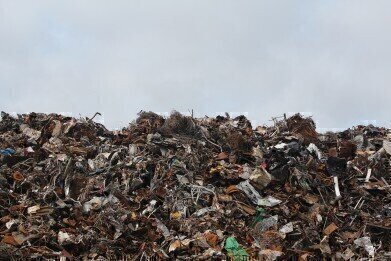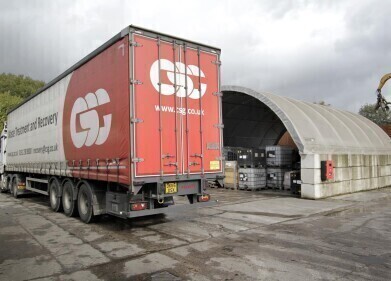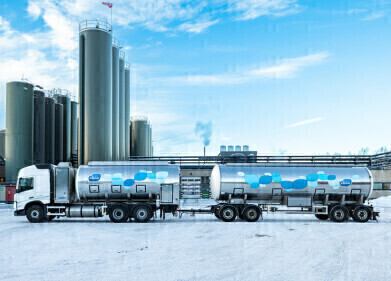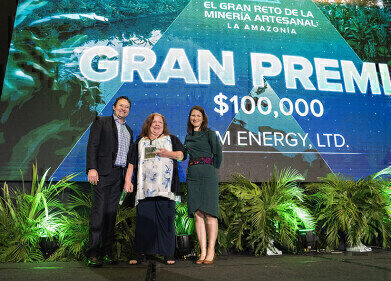Hazardous Waste
How Can Landfills Cause Pollution?
Jun 08 2017
After tossing out used cosmetics, discarded food and other refuse items into the rubbish bin, most of us forget all about their existence. However, the landfills which harbour this waste are a hotbed of contaminants and toxins, causing potential pollution to the surrounding air and soil.
In order to avoid this pollution, landfill managers are required to treat the effluent from their landfills with the appropriate chemicals. With this in mind, scientists are continually working on new and more sophisticated methods of analysing the contaminants from landfills (known as leachates). Over in Brazil, a team of researchers believe they have hit upon a technique that is simpler, quicker and cleaner than its forebears.
The latent danger of landfills
As rainfall filters through mounds of junk and refuse, it picks up the contaminants held within and carries them with it on its journey further through the soil. This runs the risk of polluting the surrounding land and waterways, which can affect the local flora and fauna.
One of the principal hazardous substances produced by landfill leachates is mercury. It has been known to damage both plants and animals and has also been linked to neurological conditions in humans. Unfortunately, it’s also one of the most widespread contaminants found in leachates; pre-treatment samples from landfill sites can reach concentrations of 160 parts per million.
Since environmental standards generally require this concentration to be brought down to a maximum of 0.5ppm, there is understandably a big market for chemicals to capture mercury in both air- and soil-based effluents.
Existing techniques fall short
There are a variety of techniques that are currently employed to analyse leachate contaminants, including atomic absorption spectroscopy, inductively coupled plasma mass spectrometry, inductively coupled plasma emissions spectroscopy and x-ray fluorescence.
Though all of these methods are highly adept at detecting and analysing mercury and other contaminants down to minute levels, they do not come without their flaws. Firstly, they all require meticulous preparation of the samples in laboratory conditions, making the analysis a lengthy and expensive process. Furthermore, some of them also produce even more chemical toxins – thereby virtually defeating the purpose of their use in the first place.
There does exist an alternative, however. “Laser-induced breakdown spectroscopy (LIBS) is an environmentally clean technique that is free of chemical residues, compared to standard reference techniques currently used for the same type of analysis,” explains Carlos Menegatti, author of a paper which has proven LIBS can be used to analyse mercury in leachates. “Moreover, LIBS is a much faster technique and does not require pre-preparation of the samples.”
Positive signs from LIBS paper
By doubling the pulse rate of the LIBS technique, the team were able to improve its sensitivity to the presence of mercury and better distinguish the harmful metal from iron, with which it shares a similar emission line.
During their tests, Menegatti and his team were able to identify mercury at concentrations of 76ppm. Of course, further improvements will need to be made in order to make the technique viable for detecting mercury at 5ppm and lower, but the current error margin of 20% is deemed to be acceptable for their purposes.
If LIBS can successfully be refined to provide enhanced sensitivity, it could comprise an integral part of the now, next and future of landfills and their contaminants.
Events
Apr 22 2024 Hannover, Germany
Apr 23 2024 Kuala Lumpur, Malaysia
Apr 24 2024 Sao Paulo, Brasil
May 05 2024 Seville, Spain
May 13 2024 Munich, Germany














